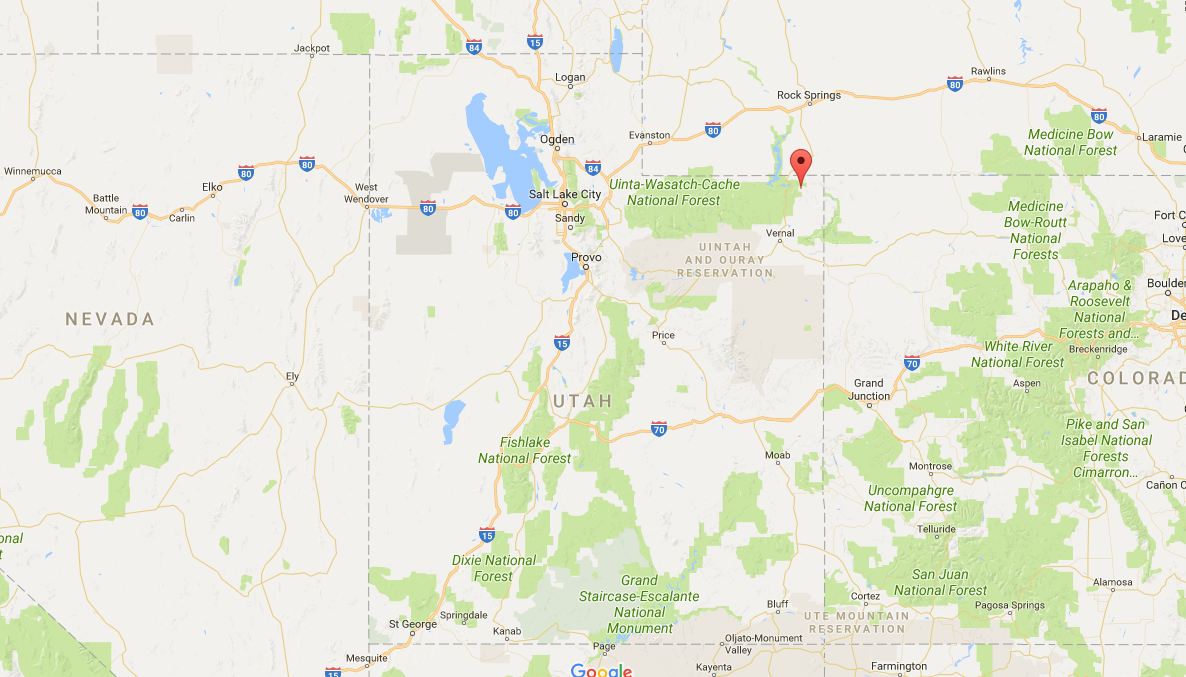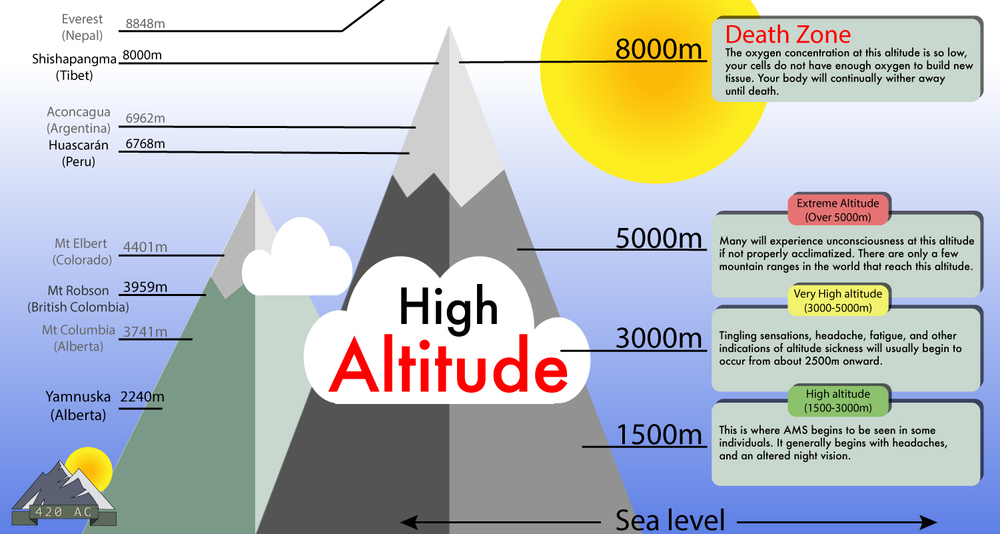A 17-year-old Boy Scout died on Saturday while camping with his troop in the Uinta Mountains of Utah.
It appears that he may have died from altitude sickness.
Douglas Julian would have turned 18-year-old today.
Duchesne County Lt. Jeremy Curry reports that Douglas was a healthy kid who active in high school sports and had no prior history of illness nor medical issues. Investigators suspect Douglas may have succumb to altitude illness.
“That’s the only possible reason we have. Right now we have no reason to believe it was anything else.” – Duchesne County Lt. Jeremy Curry
Douglas’ Boy Scout troop was camped near the 10,500′ Chain Lakes when Douglas became ill with a headache and nausea on Thursday. Douglas was still sick on Friday night which prompted Scout leaders to hike the troop out on Saturday morning.
While hiking out with the troop on Saturday morning, Douglas collapsed and died.

One Scout leader left early in the morning on Saturday and was able to call for help after a 10 mile hike. A medical helicopter located the Boy Scout Troop, but Douglas had already passed away.
The helicopter delivered Douglas’ body to the Uinta Basin Medical Center is Roosevelt, UT. His body is now at the Utah State Medical Examiner’s Office awaiting autopsy.
The Uintas are the tallest mountains in Utah with Kings Peak reaching 13,528′.
The Uinta mountains have been the location for many recent tragedies of late:
- 3 Sisters Struck By Lightning In Uinta Mountains, UT: Dad Saved Girls With CPR
- Hiker Missing in Utah’s Tallest Mountain Range Since Monday

ALTITUDE SICKNESS INFORMATION:
by Altitude.org
Don’t die of altitude sickness.
Every year, people die of altitude sickness. All of these deaths are preventable. If you are travelling above 2500m (8000ft), read this information and tell your companions about it – it could save your life.
What is altitude sickness?
Altitude sickness has three forms. Mild altitude sickness is called acute mountain sickness (AMS) and is quite similar to a hangover – it causes headache, nausea, and fatigue. This is very common: some people are only slightly affected, others feel awful. However, if you have AMS, you should take this as a warning sign that you are at risk of the serious forms of altitude sickness: HAPE and HACE*. Both HAPE and HACE can be fatal within hours.
HAPE
HAPE is excess fluid on the lungs, and causes breathlessness. It is never normal to feel breathless when you are resting – even on the summit of Everest. This should be taken as a sign that you have HAPE and may die soon. HAPE can also cause a fever (a high temperature) and coughing up frothy spit. HAPE and HACE often occur together.
If you think you may have had HAPE, please register with the International HAPE database
HACE
HACE is fluid on the brain. It causes confusion, clumsiness, and stumbling. The first signs may be uncharacteristic behaviour such as laziness, excessive emotion or violence. Drowsiness and loss of consciousness occur shortly before death.
Treatment of HAPE and HACE
- Immediate descent is absolutely essential
- Dexamethasone and acetazolamide should both be given, if available
- Pressure bags and oxygen gas can buy time
What causes altitude sickness?
Two things are certain to make altitude sickness very likely – ascending faster than 500m per day, and exercising vigourously. Physically fit individuals are not protected – even Olympic athletes get altitude sickness. Altitude sickness happens because there is less oxygen in the air that you breathe at high altitudes.
Altitude sickness prevention
Go up slowly, take it easy, and give your body time to get used to the altitude. The body has an amazing ability to acclimatise to altitude, but it needs time. For instance, it takes about a week to adapt to an altitude of 5000m.
Can I take drugs to prevent altitude sickness?
As with everything, many ‘quack’ treatments and untested herbal remedies are claimed to prevent mountain sickness. These treatments can make AMS worse or have other dangerous side effects – many herbs are poisonous. Only one drug is currently known to prevent AMS and to be safe for this purpose: acetazolamide (diamox). It causes some minor side effects, such as tingling fingers and a funny taste in the mouth.
*HAPE stands for high altitude pulmonary oedema, and HACE for high altitude cerebral oedema. These medical terms simply mean ‘fluid on the lungs/brain’.
Please help us to spread this information as widely as possible. Everyone who travels to high altitude should know this. Following these simple rules could prevent many deaths in the mountains each year.
Are the leaders not trained to recognize this? Shouldn’t he have been airlifted as soon as he showed signs? I am not trying to place blame, I’m sure everyone feels horrible. But if they have no training for this then this is a horrible wake up call. Prayers for all, it is just devastating.
Someone f***k*d up
That kid should have been taken down the mountain the moment he showed symptoms.
regarding the Boy Scout who died on sat., with the only two symptoms reported in the information that I read for headache and nausea. the first thing I thought of was maybe it was a Berry aneurysm.